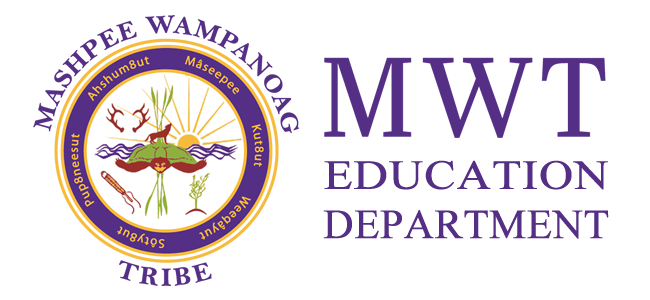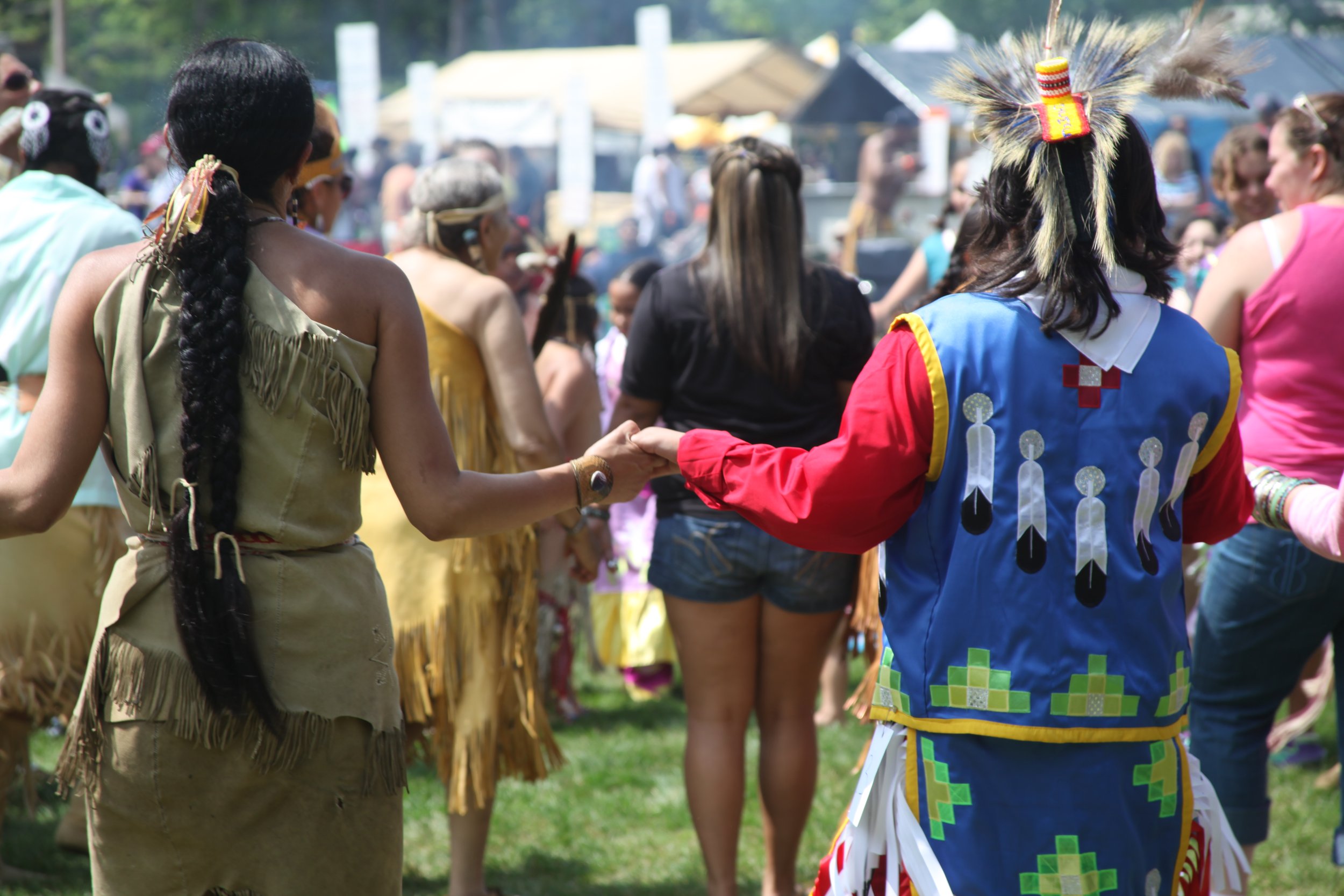Mapping Resilience: The Mashpee Wampanoag’s Enduring Connection to Their Ancestral Lands
Forget the sanitized narratives of Plymouth Rock and the first Thanksgiving. To truly understand the history and identity of the Mashpee Wampanoag Tribe, one must look beyond the textbooks and delve into the contours of their traditional lands map. This isn’t just a geographical illustration; it is a living document, etched with millennia of history, profound cultural identity, relentless struggle, and astonishing resilience. For the traveler seeking a deeper connection to the land they visit, or the history enthusiast aiming to peel back layers of colonial mythology, this map offers a vital, unfiltered education.
The World Before: A Thriving Wampanoag Confederacy
Before the arrival of European settlers, the Wampanoag Confederacy was a powerful and sophisticated network of interconnected communities spanning southeastern Massachusetts and eastern Rhode Island, including the islands of Nantucket and Martha’s Vineyard. Their traditional lands map would have encompassed a vast and intricate mosaic of forests, wetlands, rivers, and the bountiful Atlantic coastline. This was not merely territory; it was their lifeworld, intricately understood and sustainably managed for over 12,000 years.
The Wampanoag, meaning "People of the First Light," lived a seasonal existence dictated by the rhythm of nature. Spring brought the planting of corn, beans, and squash in fertile river valleys. Summer saw them move to coastal areas for fishing, whaling, and gathering shellfish, their skills as navigators and mariners unparalleled. Fall was for harvesting and hunting, preparing for the lean winter months spent in warmer, sheltered villages. Their homes, called wetus, were dome-shaped structures built from saplings and bark, designed for easy relocation.
This was a society built on communal land ownership, intricate kinship ties, and a deep spiritual connection to the earth, sky, and sea. Their spiritual beliefs permeated every aspect of life, recognizing the sacredness of all living things and the interconnectedness of their environment. The land provided sustenance, medicine, and spiritual guidance. Their political structure, led by sachems (leaders) who governed with the consent of their people, maintained peace and managed resources across the Confederacy. The traditional lands map, therefore, was not a boundary drawn on paper, but a lived experience, a spiritual covenant, and the very foundation of their identity.
First Encounters and the Unraveling (1620 – 1676)
The year 1620 marks a cataclysmic shift in the Mashpee Wampanoag’s history. The arrival of the Mayflower in Plymouth, within Wampanoag territory, heralded an era of unfathomable change and profound loss. Initially, the Wampanoag, led by the astute Massasoit Ousamequin, engaged in a strategic alliance with the struggling English colonists. Having been decimated by European diseases (to which they had no immunity) introduced by earlier explorers – epidemics that wiped out an estimated 90% of their population – Massasoit saw an opportunity to secure allies against rival tribes like the Narragansett.

However, this alliance, initially built on mutual need, quickly unraveled as colonial populations swelled. The English concept of private land ownership clashed fundamentally with the Wampanoag communal understanding. Land, to the Wampanoag, could not be "bought" or "sold" as a permanent commodity; it was leased, shared, and cared for. Yet, through deceptive treaties, coercive tactics, and outright seizure, English settlements rapidly expanded, pushing the Wampanoag further from their ancestral hunting grounds, fishing waters, and sacred sites. The traditional lands map began to shrink, fragmented by colonial deeds and fences.
This escalating tension culminated in King Philip’s War (1675-1676), led by Metacom, Massasoit’s son, whom the English called King Philip. It was one of the bloodiest conflicts in American history, a desperate last stand by the Wampanoag and their allies to reclaim their sovereignty and way of life. The war devastated Indigenous communities, leading to massive casualties, enslavement of survivors, and the near-total loss of their remaining ancestral lands. The traditional lands map, once a vibrant tapestry, was now a tattered remnant, marking scattered pockets of survival amidst a sea of colonial encroachment.
A Fragmented Legacy: Survival and Adaptation (17th – 19th Centuries)
In the brutal aftermath of King Philip’s War, many Wampanoag communities were destroyed, their people dispersed or enslaved. Yet, pockets of resilience endured. The community that would become the Mashpee Wampanoag Tribe managed to retain a portion of their ancestral territory, primarily due to their conversion to Christianity and the establishment of "praying towns" by missionaries. While these towns were designed to assimilate Native peoples, they paradoxically provided a degree of protection and a communal land base that allowed for cultural continuity and the preservation of identity.

Mashpee was one such praying town, established on Cape Cod. Here, the Wampanoag people, though under colonial oversight, maintained a degree of self-governance and communal land tenure, often referred to as the "Indian District" of Mashpee. This unique arrangement, which lasted for nearly two centuries, allowed the community to hold onto its collective identity, language, and traditions, even as surrounding Indigenous groups lost their lands and distinct identities. The traditional lands map for Mashpee during this period would highlight this relatively stable, albeit restricted, territory – a vital anchor in a turbulent world.
However, even this protected status was not immune to external pressures. Throughout the 18th and 19th centuries, Mashpee faced relentless efforts by the Massachusetts government to dissolve their communal land holdings and assimilate them into the broader society. The "Allotment Act" of 1869, for instance, divided the communal land into individual parcels, a common tactic across the U.S. designed to dismantle tribal structures and encourage private ownership. Despite these pressures, the Mashpee Wampanoag continued to assert their distinct identity and maintain a strong community bond, often through shared labor, cultural practices, and a steadfast commitment to their ancestral homelands.
The Long Road to Recognition: Reclaiming Sovereignty (20th – 21st Centuries)
The 20th century saw the Mashpee Wampanoag embark on a protracted and arduous journey for federal recognition – a legal status that acknowledges their inherent sovereignty as a distinct nation. Without federal recognition, tribes lacked crucial protections, funding, and the ability to reclaim or manage their ancestral lands. This struggle was not just about legal status; it was about reaffirming their identity and inherent rights, proving their continuous existence and cultural integrity despite centuries of attempted erasure.
The Mashpee Wampanoag’s pursuit of federal recognition was particularly challenging, marked by legal battles and extensive genealogical research. They had to demonstrate an uninterrupted political and social community from first contact to the present day. Finally, after decades of tireless advocacy, the Mashpee Wampanoag Tribe received federal recognition in 2007, a monumental victory that validated their centuries-long struggle and affirmed their status as a sovereign nation.
This recognition allowed the tribe to take a crucial step: petitioning the federal government to take land into trust as their reservation. In 2015, 321 acres of land in Mashpee and Taunton, Massachusetts, were formally designated as the Mashpee Wampanoag Reservation – a physical manifestation of their renewed sovereignty and a tangible connection to their traditional lands map. However, this hard-won victory has been continually challenged, underscoring the ongoing legal and political battles many Indigenous tribes face in securing and maintaining their land base. The "reservation in trust" status has faced legal setbacks, highlighting that even federal recognition does not end the fight for self-determination and land rights.
The Map Today: A Living Document of Identity and Sovereignty
For the Mashpee Wampanoag Tribe, the traditional lands map is not a relic of the past; it is a dynamic, living document. While their physical reservation is but a fraction of their ancestral territory, the entire traditional land base – from the waters where their ancestors fished to the forests where they hunted, from ancient burial grounds to sacred ceremonial sites – remains integral to their identity.
Today, the Mashpee Wampanoag are actively engaged in cultural revitalization efforts. The Wôpanâak Language Reclamation Project, for instance, is bringing their ancestral language back from dormancy, connecting new generations to the voices of their ancestors. Traditional ceremonies, storytelling, and artistic expressions are flourishing, ensuring that the knowledge and wisdom embedded in their traditional lands are passed down.
The map also guides their modern stewardship efforts. The Tribe is a fierce advocate for environmental protection, understanding that the health of the land and water is inextricably linked to their own well-being. They work to protect wetlands, restore fisheries, and manage forests, drawing on thousands of years of traditional ecological knowledge. Their concerns extend far beyond their reservation boundaries, encompassing the entire traditional territory, recognizing that colonial borders do not erase ancient connections or responsibilities.
For visitors, understanding this map means recognizing the Mashpee Wampanoag as the original inhabitants and ongoing stewards of Cape Cod and southeastern Massachusetts. It means moving beyond the "pilgrim narrative" to appreciate the enduring presence, rich culture, and profound history of the Wampanoag people.
Why This Matters: For Travelers and Educators
For those exploring the scenic beauty and historical charm of Cape Cod and New England, the Mashpee Wampanoag traditional lands map offers a crucial lens through which to view the landscape.
- Reclaiming History: It challenges the dominant, often one-sided, colonial narratives. It forces us to confront the true costs of colonization and appreciate the incredible resilience required for Indigenous survival.
- Understanding Place: It deepens our appreciation for the land itself. When we see a beautiful beach or a pristine forest, understanding its significance to the Mashpee Wampanoag adds layers of meaning – not just as a natural resource, but as a cultural landscape imbued with millennia of human history and spiritual connection.
- Respectful Engagement: For travelers, this understanding fosters responsible tourism. It encourages visiting tribal cultural centers (like the Mashpee Wampanoag Museum), supporting Indigenous businesses, and approaching historical sites with respect for the Indigenous perspective. It means recognizing that Indigenous people are not just figures of the past, but vibrant, sovereign nations thriving in the present.
- Identity and Sovereignty: The map is a testament to the Mashpee Wampanoag’s enduring identity and their unwavering fight for self-determination. It reminds us that Indigenous rights are human rights, and the struggle for land and sovereignty continues today.
- Environmental Stewardship: The Wampanoag’s traditional ecological knowledge and ongoing efforts to protect their ancestral lands offer invaluable lessons in sustainable living and environmental conservation – knowledge that is critical for our shared future.
In conclusion, the Mashpee Wampanoag Tribe’s traditional lands map is far more than a geographical outline. It is a powerful symbol of their enduring identity, a testament to their ancestors’ wisdom, a chronicle of struggle, and a vibrant declaration of their sovereign future. To truly see this map is to see a people deeply connected to their land, whose history and presence continue to shape the very fabric of New England. It invites us all to look deeper, listen closer, and walk more respectfully on the lands we inhabit and explore.


